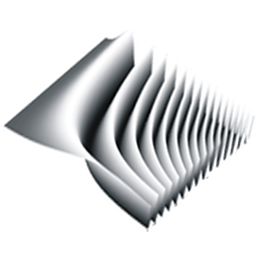|
Size: 687
Comment:
|
Size: 1082
Comment:
|
| Deletions are marked like this. | Additions are marked like this. |
| Line 1: | Line 1: |
| attachment:ctf.png | = e2ctf = |
| Line 3: | Line 3: |
| = e2ctf = | ||<<TableOfContents>>||{{attachment:ctf.png}}|| == CTF processing in 3 stages == |
| Line 7: | Line 9: |
| == Auto fitting == | === Auto fitting === |
| Line 12: | Line 14: |
| == Fine tuning == | === Fine tuning === |
| Line 18: | Line 20: |
| == Write output == | === Write output === |
| Line 26: | Line 29: |
| You can combine more than command would have worked if you had used a command like this: | == Processing multiple images simultaneously == |
| Line 28: | Line 31: |
| e2ctf takes multiple images as input, so you can use commands like this: {{{ e2ctf.py *.img --phaseflip --wiener }}} == Combining stages into a single command == You can combine more than one of the e2ctf processing stages into a single command. For instance you can run automated fitting and open the GUI with a single command like this: {{{ |
|
| Line 29: | Line 43: |
| }}} |
e2ctf
|
CTF processing in 3 stages
To get familiar with how e2ctf.py works, try separating the way you using e2ctf.py into three stages:
Auto fitting
e2ctf.py 1.img --voltage=200 --apix=2 --cs=3.2 --auto_fit
Fine tuning
(save any changes you make with the Save Parms button)
e2ctf.py 1.img --gui
Write output
e2ctf.py 1.img --phaseflip --wiener
The output will be in the particles directory. Also, you can supply more than one image as input to e2ctf.py.
Processing multiple images simultaneously
e2ctf takes multiple images as input, so you can use commands like this:
e2ctf.py *.img --phaseflip --wiener
Combining stages into a single command
You can combine more than one of the e2ctf processing stages into a single command. For instance you can run automated fitting and open the GUI with a single command like this:
e2ctf.py 1.img --voltage=200 --apix=2 --cs=3.2 --auto_fit --gui

